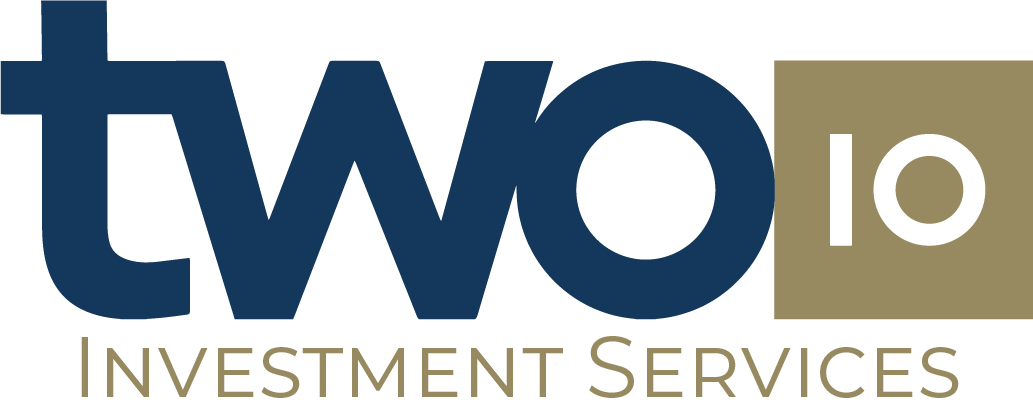Planning for retirement is a milestone many successful professionals and business owners look forward to, yet it often comes with questions:
Will I have enough money to live the lifestyle I want?
How long will my money last?
What happens if my circumstances change?
These questions are natural. After years of building your career or business, you want to feel confident about what comes next. Cashflow modelling can be a valuable planning tool to help you gain clarity, reduce uncertainty and test different scenarios before making important financial decisions.
What is Cashflow Modelling?
In simple terms, cashflow modelling is a visual way of mapping out your income, expenses, assets and liabilities over time. It takes into account your current financial position and projects it into the future, facturing in elements such as:
- Your planned retirement age
- Expected spending needs throughout retirement
- Potential income sources (pensions, investments, business sale proceeds)
- One-off expenses (such as helping children with a house deposit or future travel plans)
- Tax considerations and potential changes in life.
By inputting these details, cashflow modelling creates a picture of how your finances could look in different scenarios, helping you see the potential impact of your decisions.
Why is Cashflow Modelling Valuable in Retirement?
Retirement planning can feel abstract but cashflow modelling can bring your plans to life in a way that feels tangible and clear.
- Gain Clarity
Seeing your projected income and expenditure visually can help you understand what your retirement could look like. It can highlight potential shortfalls or show where you may have more flexibility than you realised.
- Reduce Uncertainty
None of us can predict the future but cashflow modelling can help you explore “what if” scenarios, such as:
- What if you decide to sell your business and want to know how the proceeds could support your lifestyle?
- What if you wanted to gift your children or grandchildren? And how much can you afford to gift?
- What if market returns are lower than expected for a period?
- What if you need to allow for healthcare costs later on in retirement?
Exploring these scenarios can help you feel more prepared for the unexpected.
- Support Decision-Making
Whether you are considering gifting to family, adjusting your investment strategy or planning large purchases, cashflow modelling can help you test the potential impact of these decisions before taking action. This can help you align your financial choices with your goals for retirement and beyond.
How We Use Cashflow Modelling
At Two10 Investment Services, we use cashflow modelling as part of a wider financial planning conversation. We take time to understand what retirement looks like to you, what you value and what you hope to achieve.
Using these insights, we can build a personalised cashflow model that reflects your goals and current financial position. This isn’t a one-off exercise; your plan can be updated as your circumstances, ambitions and the external environment change.
While cashflow modelling can’t guarantee outcomes, it can give you a clearer sense of direction, helping you approach retirement with greater confidence.
Closing Thoughts
Retirement is the beginning of a new chapter. Cashflow modelling can be a valuable tool to help you step into that chapter with clarity and purpose, so you can spend more time focusing on what truly matters to you.
If you would like to explore how cashflow modelling could support your retirement plans, we would be pleased to have that conversation.
*Risk warning: Investments can fall as well as rise, and you may not get back the original capital invested.
*These posts are for information only and should not be seen as advice or recommendation to take action. Please seek independent financial advice before taking any action.

.jpg)
.png)
.png)
.png)
